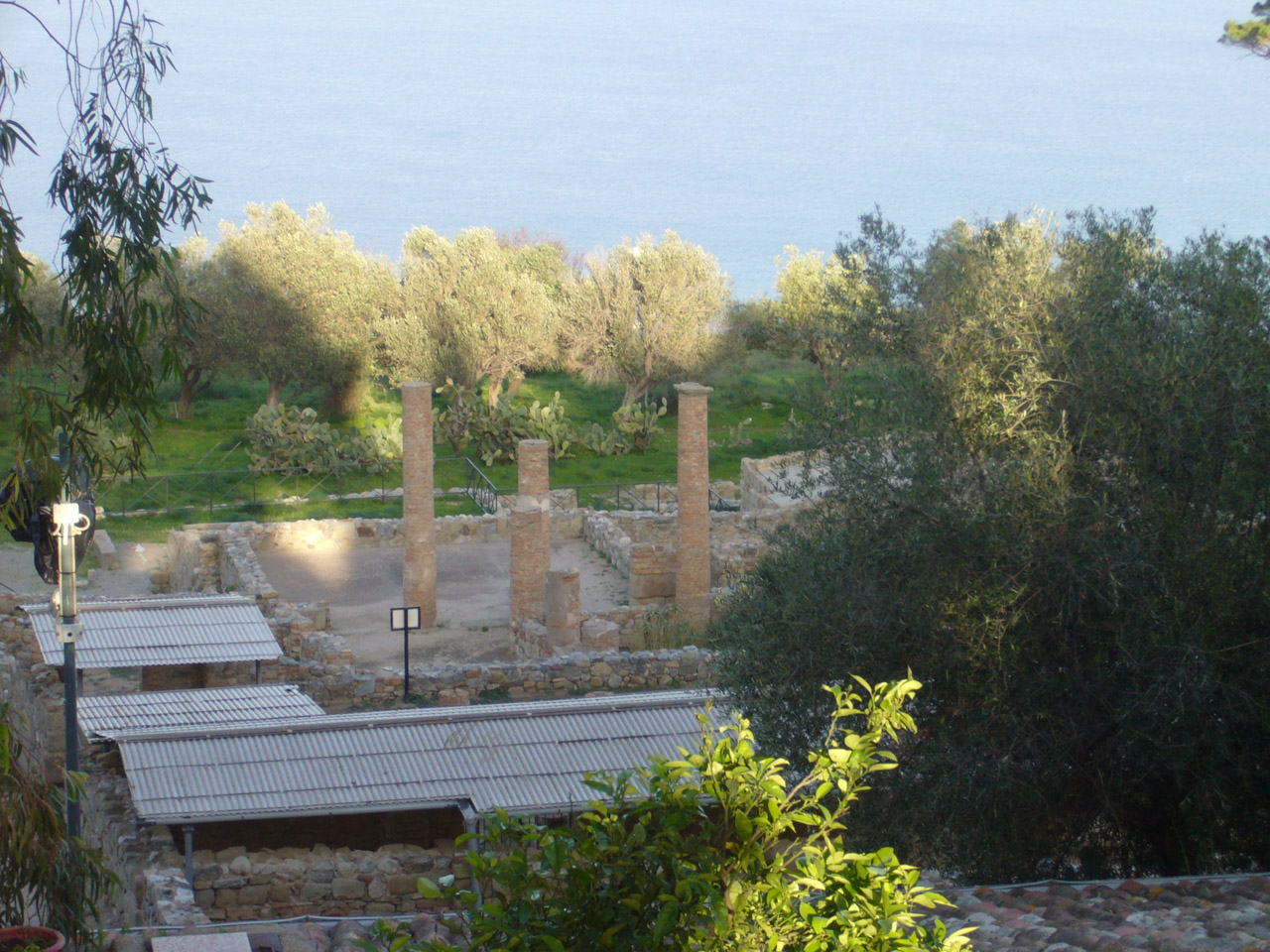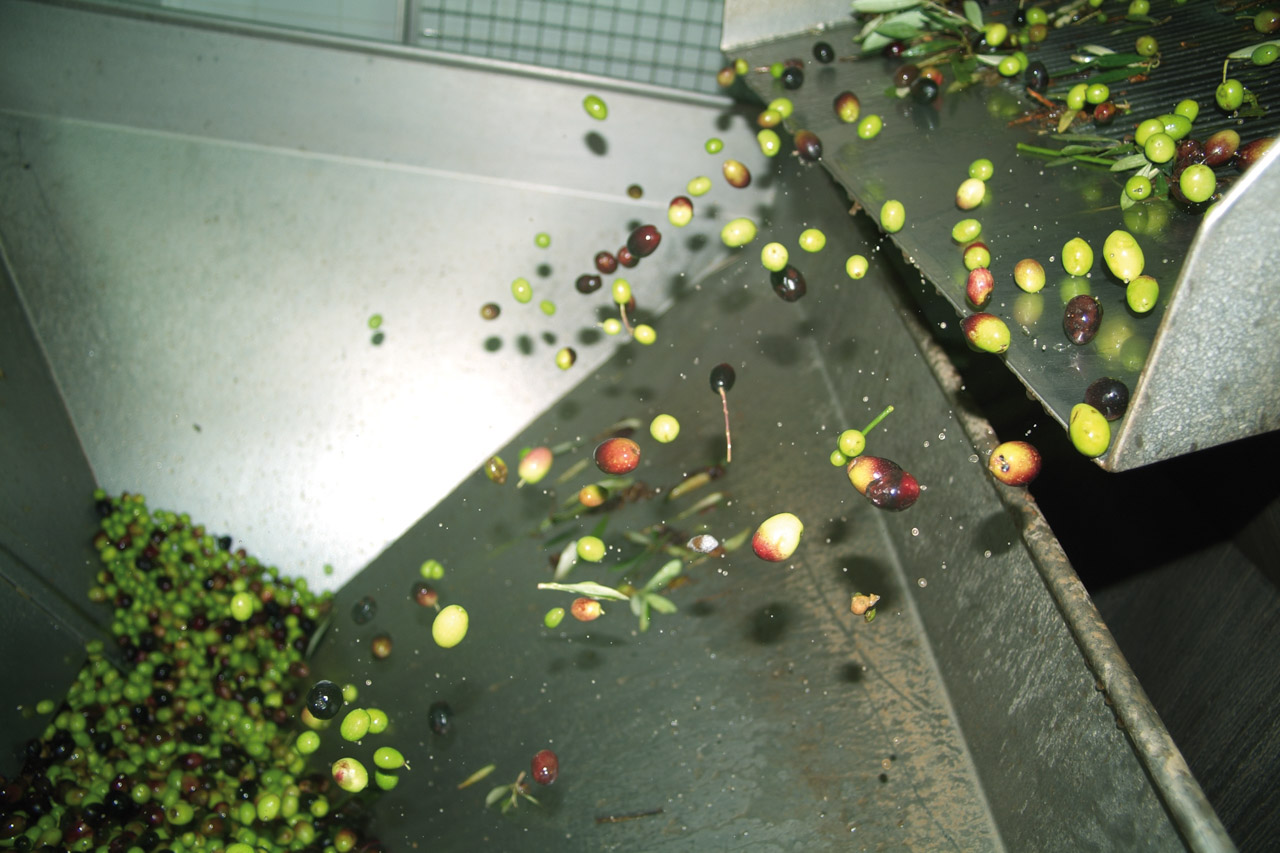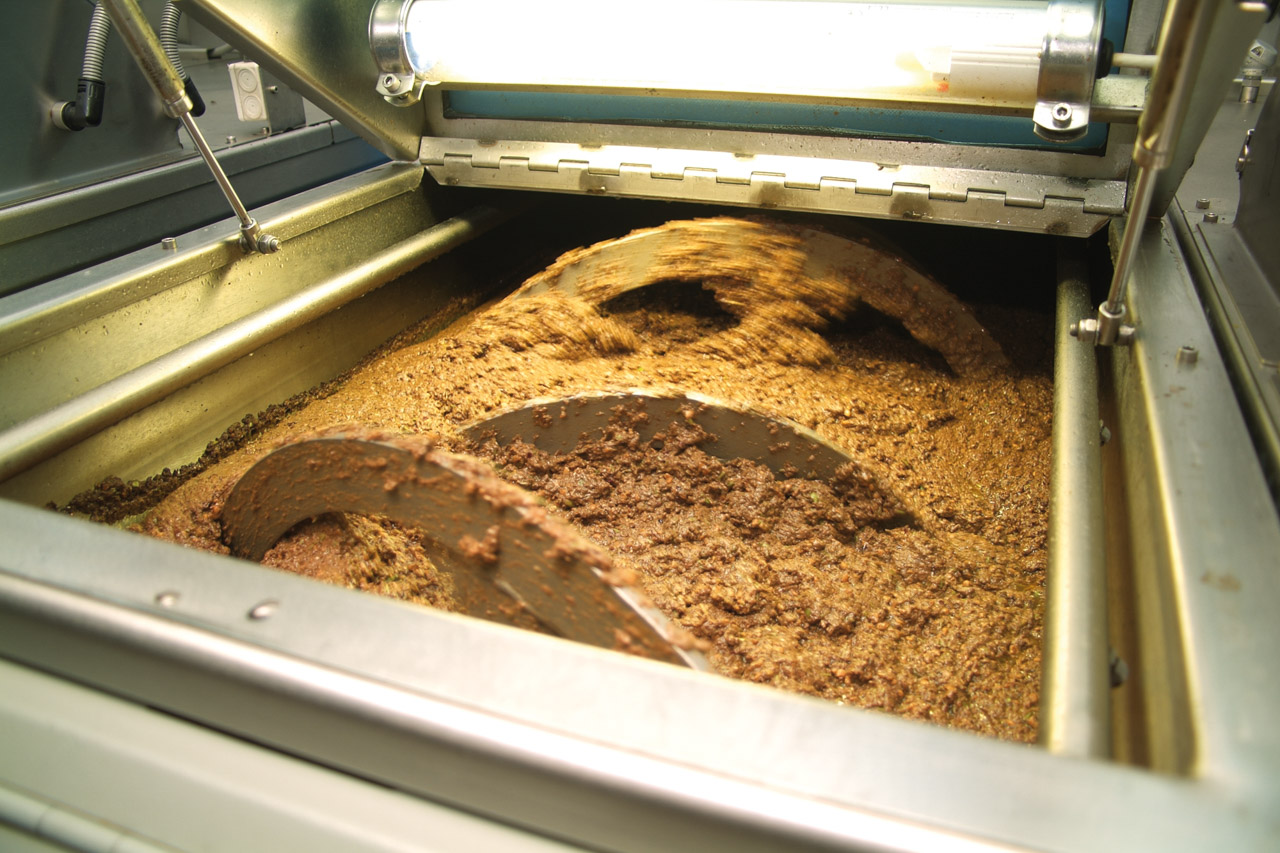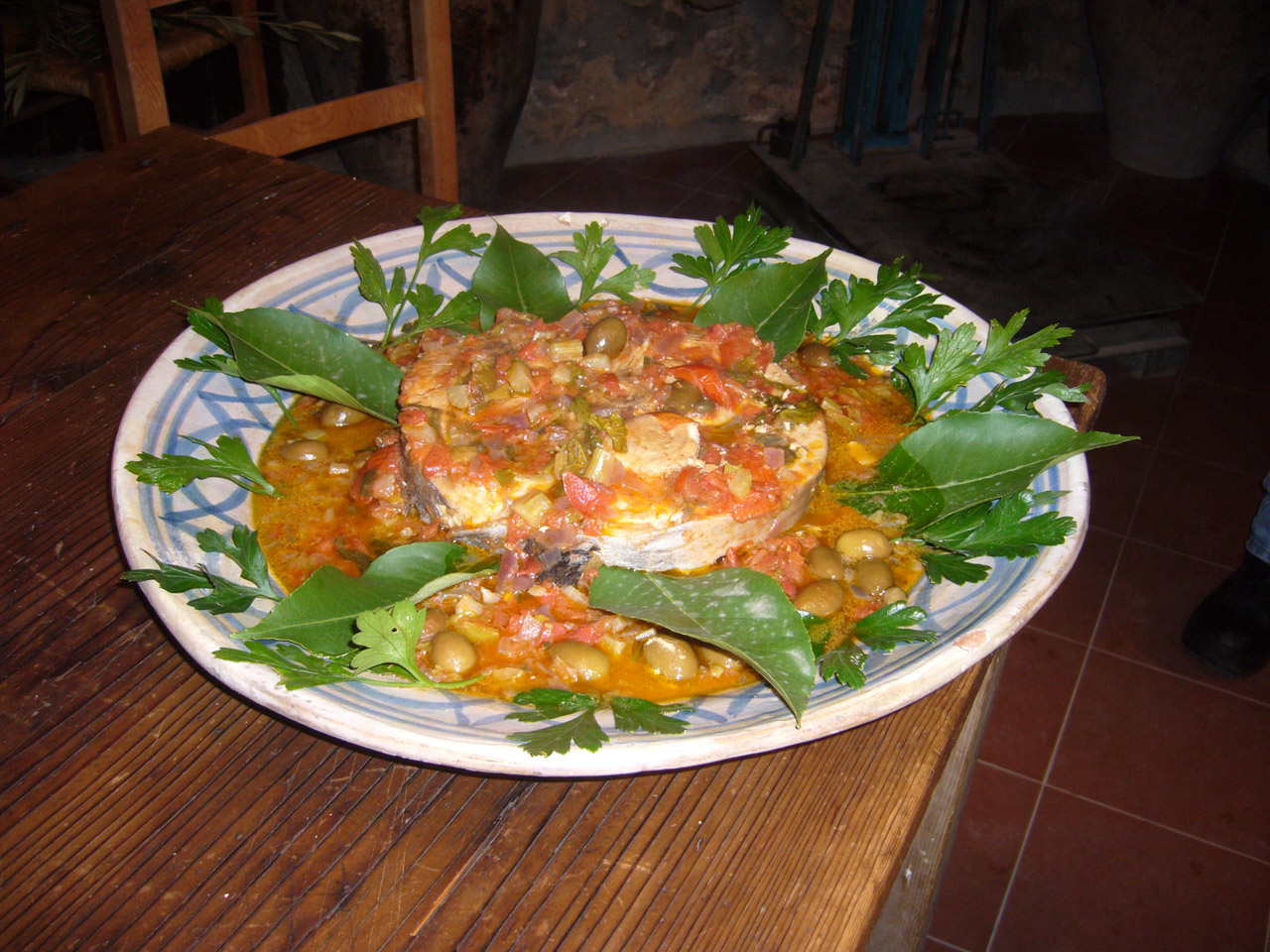Description
Valdemone PDO extra virgin olive oil is obtained from the Santagatese, Ogliarola Messinese and Minuta olive varieties, which must make up at least 70% of the groves, individually or combined. The Mandanici, Nocellara Messinese, Ottobratica, Brandofino and Verdello varieties can make up the remaining 30%.
Production Area
The production and processing area of Valdemone PDO extra virgin olive oil is within the territory of the Province of Messina, in the Sicily region, excluding the following municipalities: Floresta, Moio Alcantara and Malvagna.
Production Method
The olives must be harvested directly from the trees, by hand or mechanically, between October and the following January of each year. The olives must be placed in ventilated plastic containers and transported to the mill. Before milling, which must take place within two days of the harvest and at a controlled temperature of 28-30 °C, the olives must be defoliated and washed. The malaxation of the olive paste must last approximately 30 minutes, at a temperature of 28-30 °C.
Appearance and Flavour
Valdemone PDO extra virgin olive oil is limpid and slightly cloudy. It ranges from green with yellow hues to yellowish-olive green in colour. The smell is fruity, with a fragrance of fresh olives and hints of wild herbs, flowers and plants which are characteristic of the olive groves in the production area. It has a fruity fresh olive flavour, with a delicate hint of bitterness and an aftertaste of almond, fresh fruit, tomato and thistle.
History
Olive cultivation in the production area of Valdemone PDO extra virgin olive oil – today’s provinces of Caltanissetta, Catania, Enna and Messina – was introduced by the Phoenicians and developed under Greek rule in the 6th century BC. The trading of olive oil flourished throughout the Mediterranean during the entire Greek and Roman eras. The importance of olive cultivation over the following centuries is documented by numerous mills dating back to the 16th century, and by documents from the following centuries containing data on the area destined for olive groves and oil production, also collected by the area’s Chamber of Commerce.
Gastronomy
Extra virgin olive oil is highly perishable and must be stored correctly in order to maintain its organoleptic properties. It should therefore be kept in a cool, dark place at a temperature between 14 and 18 °C, away from heat sources and other foods that emit strong odours. It should be consumed within 4-6 months of pressing to fully appreciate its flavour. Valdemone PDO extra virgin olive oil is particularly suitable as a condiment and as an ingredient in typical Sicilian dishes.
Marketing
The product is marketed as Valdemone PDO extra virgin olive oil. It is sold in recipients or bottles of no more than 5 litres. The label must bear the indication Valdemone followed by the wording Protected Designation of Origin (PDO), the European symbol, the production year and the product logo. The specific guarantee mark, which consists of a unique alphanumeric code that ensures the traceability of the product, must be on the packaging.
Distinctive Features
Valdemone PDO extra virgin olive oil is characterised by a maximum acidity of 0.7 g per 100 g of oil and a panel test result higher than or equal to 7.























